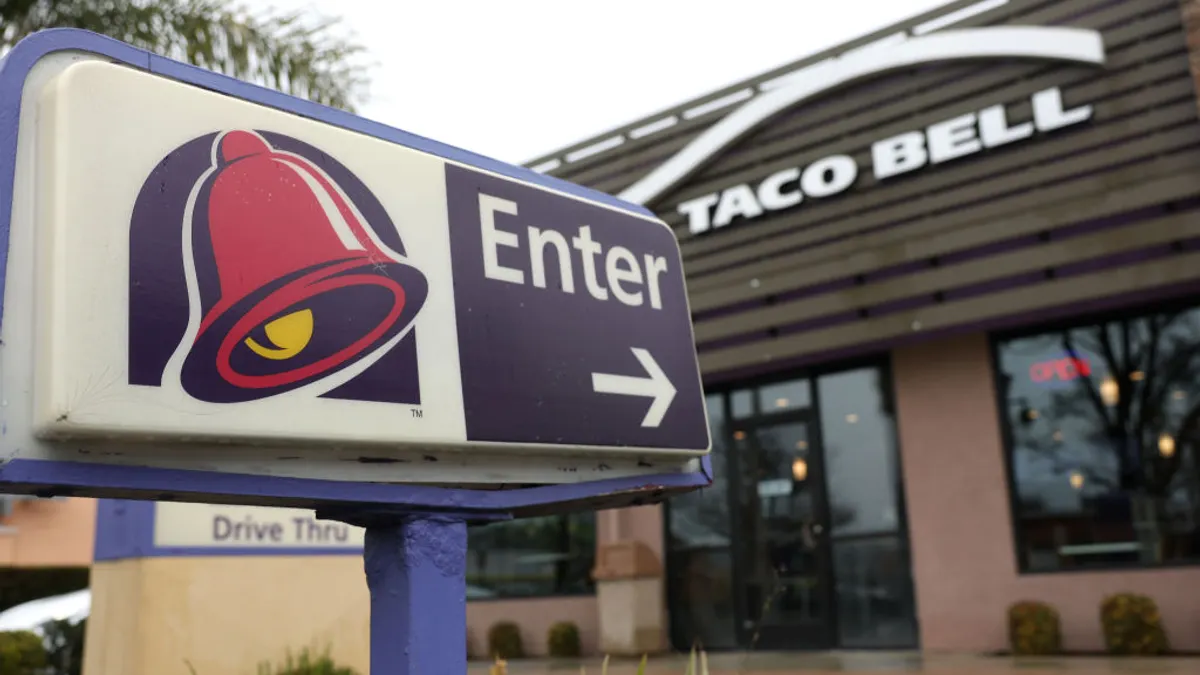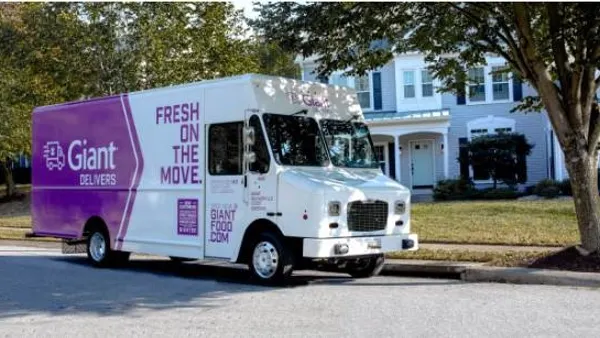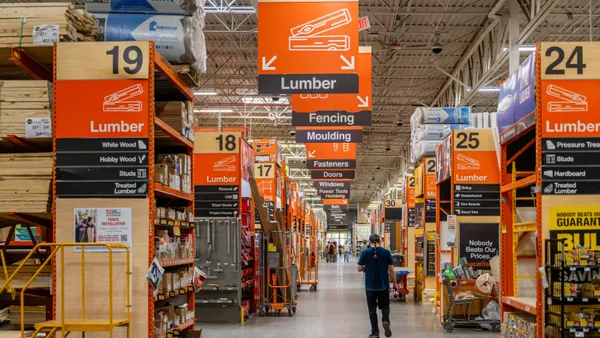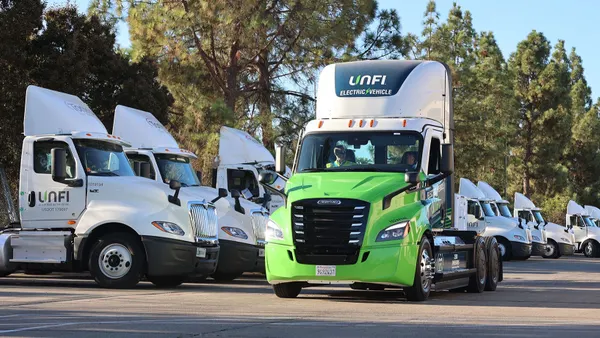Dive Brief:
- Temporary employment will grow to more than 3.2 million opportunities by 2025, an increase of nearly 254,000, predicts Emsi, a labor market analytics firm, and TrueBlue, a workforce solutions company. That would represent 8.5% growth, while all U.S. jobs are expected to grow 6%.
- Supply chain-related jobs continue to dominate the list of fastest-growing temporary occupations, the organizations said. Freight, stock and material movers; production workers; packers and package handlers; and industrial truck and tractor handlers top the list.
- "The labor market continues to be tight, and businesses are using many avenues to find the talent to keep their competitive edge," Rob Sentz, Emsi’s chief innovation officer, said in a press release. "This analysis indicates that gigs and other forms of temporary employment are a viable way for people to enter the labor market and for companies to quickly locate talent."
Dive Insight:
The hiring announcements for peak season alone offer ample evidence that temporary workers are increasingly essential to managing the vast swings in order volume generated by the rise of e-commerce. UPS plans to hire 100,000 temporary workers for peak.
But that doesn't mean HR is off the hook when it comes to culture, engagement and more. To maintain good working relationships with temporary workers, employers must invest in their engagement, say experts, in much the same way as they do with other staff. An employer's temps and contractors also can serve as a labor pool from which to hire employees, experts say, so a good relationship is crucial.
Employers need to improve on this front, according to recent research. A survey by Speakap found that while employers are hiring more temporary seasonal workers, they're failing to improve their work experience, boost productivity and lower turnover. With the workforce becoming more dependent on temporary and independent workers, employers can't afford to neglect this segment's engagement.
In the supply chain though, some positions are more attracted to an engaging workplace culture than others. CBRE data suggests warehouse workers are more likely to follow the money while drivers may be more interested in the nuances between employers.














